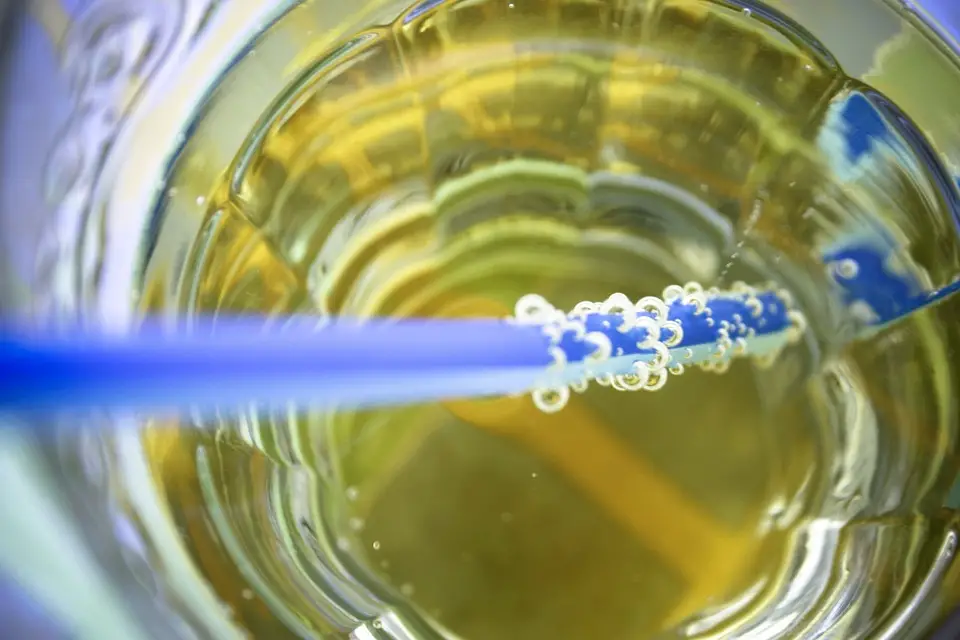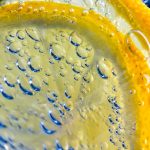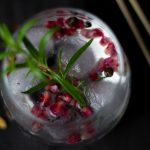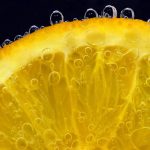As Lucija Spiljak/Poslovni Dnevnik writes, the largest Croatian juice producer, Stanic Beverages, has announced its entry into the US market through an acquisition.
Over recent days, American congressmen John Robert Moolenaar and Robert Aderholt visited the Croatian Juicy drinks factory in Kresevo in Bosnia and Herzegovina. This is a return visit and the continuation of friendly relations between the owner of the Stanic Group, Svjetlan Stanic, who visited the American Congress last year, and American congressmen. As they stated, they are discussing the appearance of these popular Croatian drinks over on the American market.
A serious strategy for entering the American market
The goal of the congressman’s arrival at the Juicy factory, which is owned by the Croatian company Stanic Beverages, is to continue the talks that began at a gathering last year.
“For the last six years, Stanic Beverages has focused a large part of its resources on strengthening its export strategy. Croatia, Bosnia and Herzegovina and the rest of the region are still our main markets, but we’re aware that there can be no strong step forward when it comes to increasing production without entering new markets. We first turned to the Middle East as a lucrative region due to the large consumption of soft drinks there and achieved excellent results through our partners there. Then we started to strengthen our export efforts towards the European market, but we’re aware of the competition and regulations that protect European brands.
We can see new potential in an appearance being made on the American market, which is the result of the continuation of talks with American congressmen and that opens up a new perspective. In the past, we’ve had several offers to export Croatian Juicy drinks to the USA, but it has always been a matter of specific retail outlets of an ethnic character, ie a market that is oriented exclusively to Croatian immigrants to the USA. This isn’t our strategy, Juicy is an international brand that has achieved success in many foreign markets so far, and that’s why we think the time has come to come up with a serious strategy for entering the American market. From conversations with American congressmen, we concluded that the most logical strategy would be to acquire a local medium-capacity factory that could produce Juicy juices for their market. In that way, we’d manage to avoid numerous logistical and regulatory challenges,” emphasised Svjetlan Stanic, the owner and President of the Management Board of the Stanic Group.
The idea of buying a local factory
According to the company, Stanic Beverages’ export strategy focuses on the overall market of a certain country, the company doesn’t see export growth through specialised niches in large markets such as the Croatian emigrant community in the US, but always sees what the full potential could instead be.
“Juicy is a modern brand, it follows global trends with an emphasis placed on leading a healthy lifestyle, it understands the needs of the global consumer and addresses them,” they say. The American congressmen also see the brand’s international name as a big advantage in performing in the American market because there is no language barrier.
Stanic Beverages is part of the Stanic Group and also the largest juice producer in Croatia, which owns two factories. One factory is located in neighbouring Bosnia and Herzegovina, more precisely in Kresevo, while the other factory is in Jastrebarsko here in Croatia. The total capacity of both factories is 150 million litres, which isn’t enough for the needs of the American market, and accordingly the Management of Stanic Beverages sees the support of American congressmen as a key step in realising the idea of buying a local factory.
More than a month ago, Stanic Beverages announced that they had invested 10.6 million kuna in the modernisation of the Croatian Juicy drinks production plant in Kresevo in order to raise the quality of production according to the highest European and international standards. They also pointed out that they plan to produce 35 million litres of juice at the same location (last year they produced 28.2 million litres), announcing ambitious plans and new distributors, which they hope will significantly increase their exports.
For more, follow Made in Croatia.











